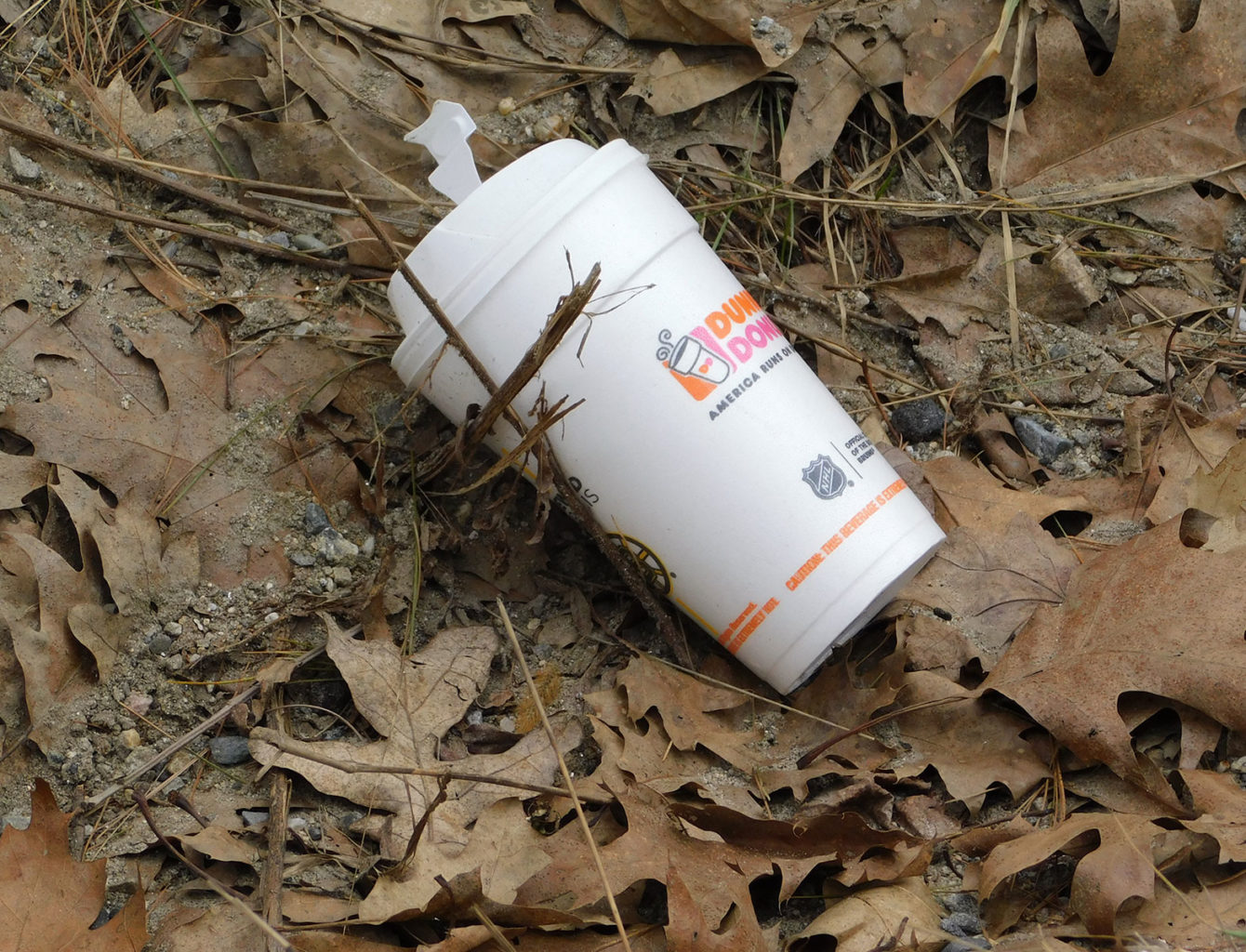While alliteration in blog titles is great, there is something even better, and that is when we learn about the next generation of Mainers recognizing a major problem in our environment, foam containers, and stepping up to solve it right in their own community.
That principal is certainly on display in York where an intrepid group of high school students is on a mission to get their town to stop using polystyrene containers.
Nearly two years ago, York became one of the first Maine communities to ban the use of single-use plastic bags, a scourge to our environment and a negative spot on our landscape. That effort, like this one, was also led by a small group of concerned York citizens. It is understandable that York would take this step and that these four young women would see the parallels between those bags and these single-use foam containers. It’s all plastic. And York, one of the first communities you can visit when entering Maine from the south on the I-95 corridor, is a beautiful, coastal town that relies in large part on tourism and its environmental beauty for economic prosperity. Protecting that makes a lot of sense.

foam litter on Maine roadside
While many people use the word “Styrofoam” to describe these single-use foam containers, that isn’t correct. “Styrofoam” is a brand name for foam boards like those that line the outside of basements and keep our homes warm (among other uses). But the single-use containers, usually used, ostensibly, to keep cold food cold and hot food hot, do not actually serve a purpose other than temporarily holding a meal customers might enjoy later, and for a few minutes. But this material, the foam used in these containers, is extremely problematic, and extremely persistent in the environment.
Foam, like other plastics, does not biodegrade. But it does photodegrade. This means it never disappears but breaks down into ever smaller particles that are consumed by wildlife, and us! Plastic is now so ubiquitous in the natural environment, scientists are starting to look for it in other places, like our drinking water. And they’re finding it! And while Margaret, Sophia, Anya, Sammi, and their classmates are doing their part to change this, plastics in the environment is not just a coastal problem. Luckily, neither are the solutions. If you would like to follow the example of these young Maine environmental leaders, you can learn more about helping your community pass an ordinance to ban or reduce the use of these materials by visiting NRCM’s Sustainable Maine webpage and checking out our Community Toolkits.
Meanwhile, hats off to students at York High School for doing such a great job and making a difference for Maine’s environment, the health of our tourism and marine economies, and the health of our people.











Leave a Reply